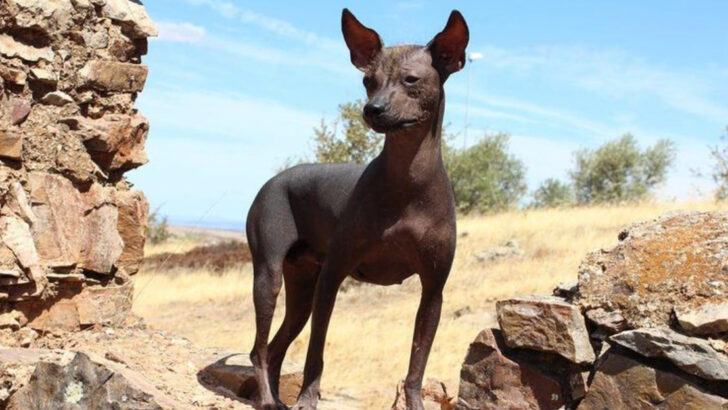They don’t wear collars.
They don’t have pedigrees.
And they don’t care.
All around the world, wild dogs roam free—
untamed, clever, and totally outside the rules of breed books.
They weren’t bred in kennels or pampered by breeders.
They were shaped by wind, weather, and sheer survival.
From the dusty roads of India to the windswept coasts of Africa,
these dogs have adapted, thrived, and built their own bloodlines in the wild.
No two look quite alike, but they all share one thing: grit.
Let’s take a look at 15 wild dog populations that didn’t ask for anyone’s permission—
and carved out a place for themselves anyway.
Dingoes of Australia
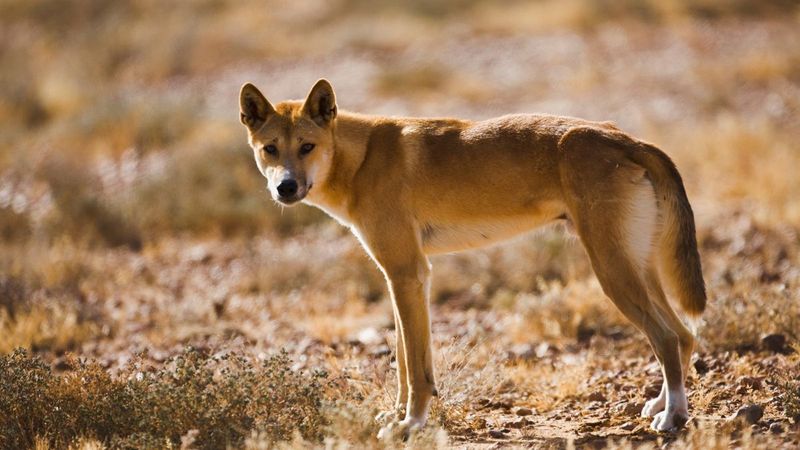
In the vast terrains of Australia, the dingo reigns as a prominent wild canine. With their sandy coats and sharp, intelligent eyes, they effortlessly blend into the backdrop of red deserts. Known for their distinct howls that echo through the night, dingoes are integral to the Australian ecosystem.
Interestingly, dingoes are not considered native to Australia, having arrived about 4,000 years ago. Their adaptability over millennia has allowed them to thrive in diverse environments, from forests to arid landscapes. Recent studies suggest that they play a critical role in maintaining ecological balance by controlling the population of invasive species.
African Wild Dogs
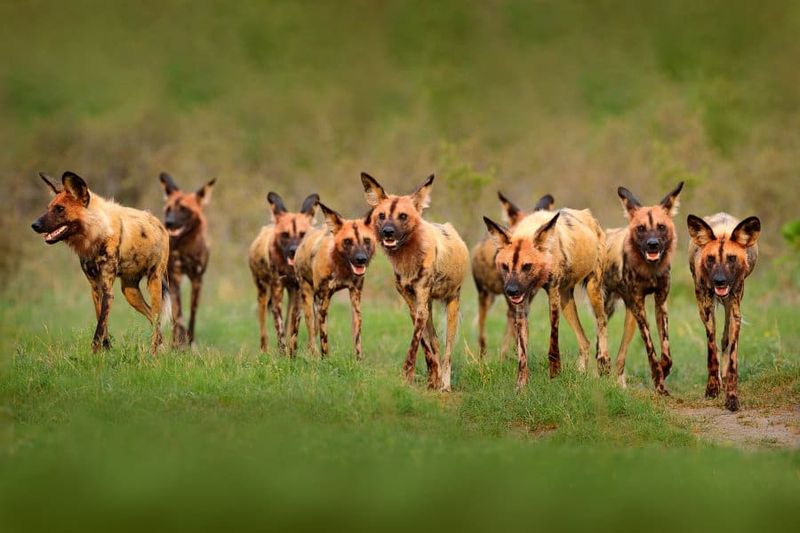
Known for their uniquely painted coats, African wild dogs roam the savannahs in tightly-knit packs. Each dog’s fur pattern is one of a kind, resembling a painter’s vibrant palette. These social animals live in highly cooperative groups, relying on teamwork for hunting.
Their acute senses and strategic hunting methods make them efficient predators, capable of chasing prey over long distances. Despite their prowess, African wild dogs face threats from habitat loss and diseases. Conservation efforts are vital to protect these eloquent creatures, ensuring their survival in the wild’s complex web of life.
Indian Pariah Dogs
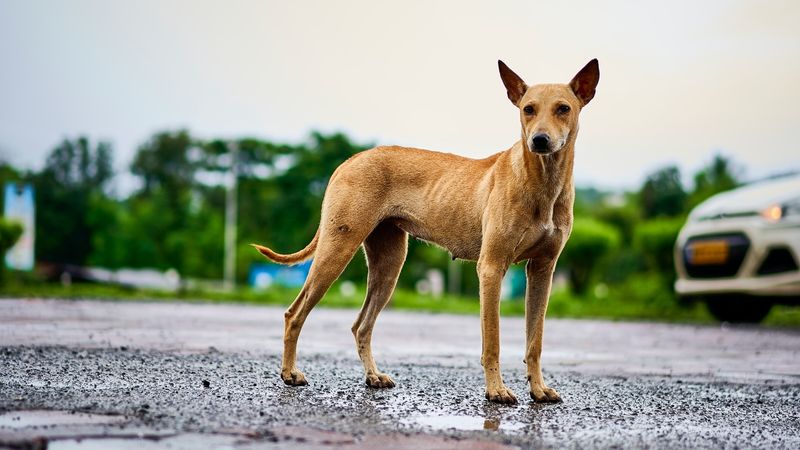
Wandering the bustling streets of India, the Indian pariah dog is a resilient survivor. With short coats and pointed ears, these dogs are well-adapted to the urban and rural environments of the Indian subcontinent.
Often seen scavenging in markets or resting in the shade, they are highly resourceful and intelligent. Despite being street dogs, they possess a strong sense of territory and loyalty. Historically, pariah dogs have been part of Indian life for thousands of years, often depicted in ancient artifacts. Their enduring presence showcases their adaptability and close relationship with human communities.
New Guinea Singing Dogs
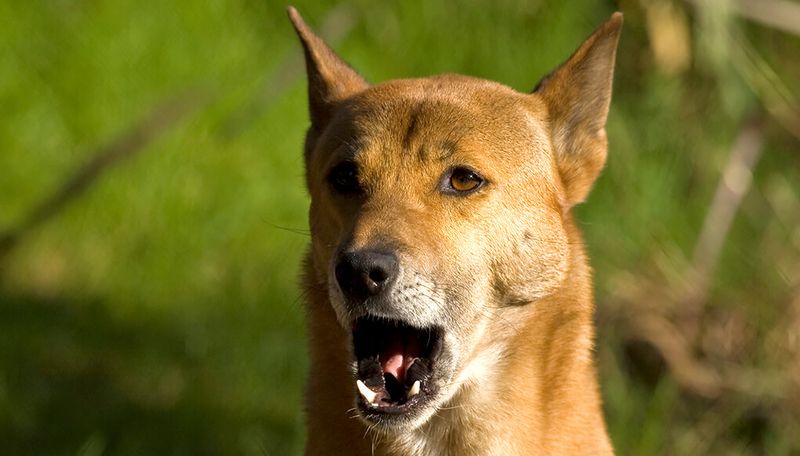
In the remote highlands of New Guinea, a wild melody can occasionally be heard. This enchanting sound belongs to the New Guinea singing dog, known for its harmonious howls. With a sleek, reddish-brown coat and a curious demeanor, these dogs are a sight to behold in their dense forest habitat.
Their vocalizations range from melodious howls to harmonic yodels, captivating anyone lucky enough to listen. While elusive and rarely seen, they are closely related to the dingo. Research continues to unravel the genetic mysteries of these melodious canines, highlighting their significance in the wild.
Carolina Dogs of America
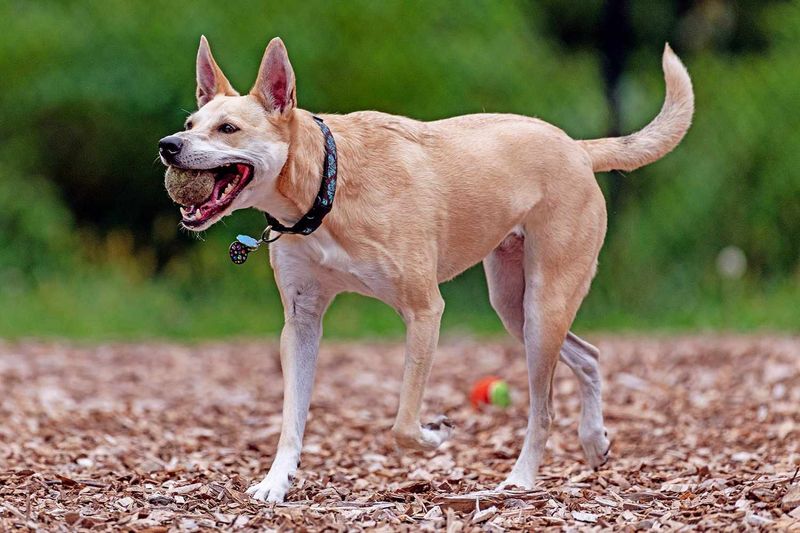
In the southeastern United States, the Carolina dog, often called the American dingo, roams the pine forests. With their tan coats and alert postures, they are reminiscent of their ancient ancestors.
These dogs are believed to have arrived with the first human settlers over 8,000 years ago. Their natural instincts and survival skills are still evident as they thrive in the wild. Often seen digging for food or patrolling their territory, Carolina dogs maintain a strong sense of independence. They serve as a living link to the continent’s early canine inhabitants.
Basenji Dogs of Central Africa
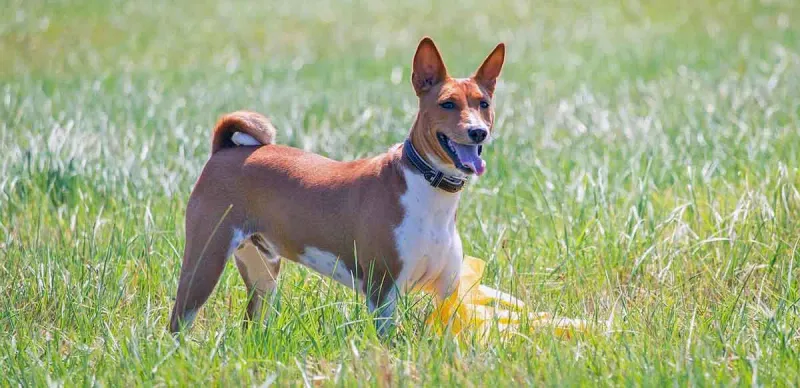
The Basenji, famed for its barkless nature, calls the jungles of Central Africa its home. These dogs are adept hunters and possess a lithe, graceful build with a distinctive reddish coat.
Often seen following their noses through dense foliage, they are vigilant and curious. Their lack of bark is compensated by an array of vocalizations, including a unique yodel-like sound. Historically, Basenjis have been companions and hunting partners to local tribes, aiding in tracking and cornering game. Their place in African culture is as rich and intriguing as the dogs themselves.
Canaan Dogs of the Middle East
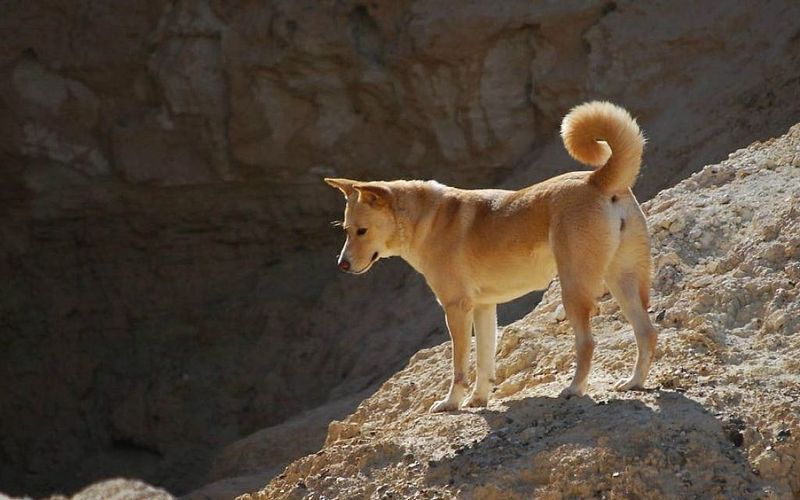
Emerging from the arid deserts of the Middle East, the Canaan dog has a history as old as the sands themselves. With a white and tan coat, they blend seamlessly into their dusty surroundings.
These dogs were once wild, but many were domesticated to guard livestock and settlements. Renowned for their intelligence and loyalty, they continue to serve as vigilant protectors. Their adaptability and endurance in harsh climates are remarkable, traits that have been honed across centuries of survival in the desert’s challenging conditions.
Alaskan Village Dogs
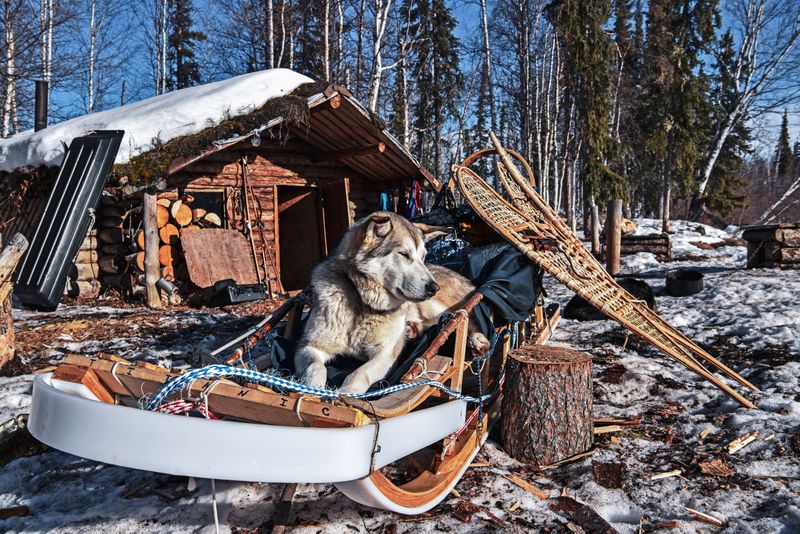
In remote Alaskan villages, a unique type of dog thrives amidst the ice and snow. These Alaskan village dogs are not just pets, but vital members of the community. With thick, insulating fur, they are perfectly equipped to handle the harsh Arctic climate.
These dogs assist in everyday tasks, from transportation to hunting, showcasing their strength and endurance. They have been companions to Indigenous peoples for generations, reflecting a deep bond shared through survival in such unforgiving environments. Their resilience is a testament to their integral role in village life.
Bali Street Dogs
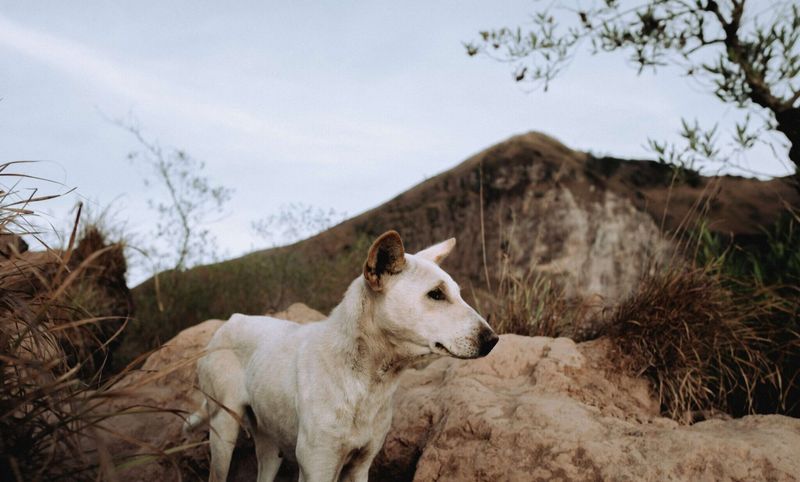
On the sun-drenched island of Bali, street dogs make up a significant portion of the canine population. These Bali street dogs are often seen lounging on sandy beaches or strolling through vibrant markets.
They are adaptive, often forming loose social groups to navigate the challenges of island life. Due to their mixed heritage, they come in various sizes and colors, adding to the island’s unique charm. Despite their tough circumstances, many Balinese have a deep respect for these dogs, incorporating them into cultural and religious practices.
Peruvian Hairless Dogs
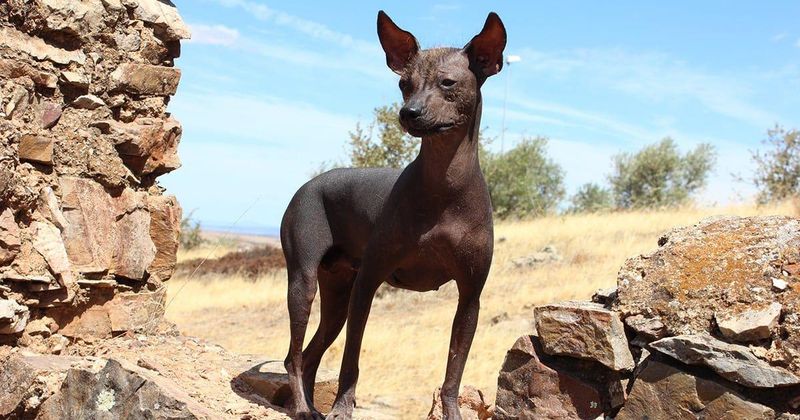
Amidst the historic backdrop of Peru, the Peruvian hairless dog stands out with its sleek, almost mystical appearance. With little to no fur, these dogs are well-suited to the warm, sunlit environment.
Their origins trace back to pre-Incan civilizations, where they were revered for their unique appearance and companionship. Often depicted in ancient pottery, they hold a prestigious place in Peru’s cultural heritage. These dogs are not just relics of the past; they continue to thrive, embodying both the country’s history and its vibrant present.
Thailand’s Soi Dogs
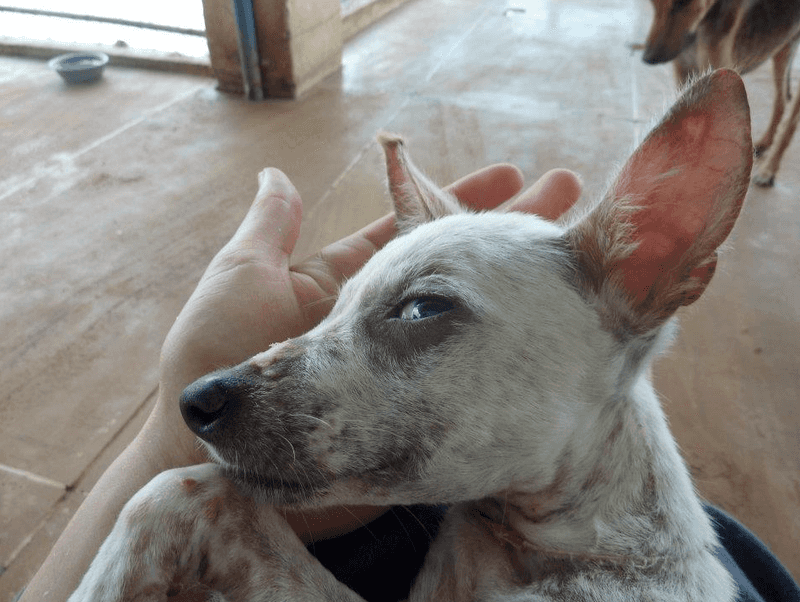
In the lively streets of Thailand, Soi dogs are a common sight, wandering freely through bustling markets and hidden alleys. With short coats and diverse appearances, each dog is a story of survival and resilience.
They often form packs for protection and companionship, displaying remarkable social intelligence. Despite challenges, many Soi dogs are cared for by compassionate locals and organizations, highlighting a community effort to ensure their wellbeing. Their presence in Thailand’s urban landscape reflects the country’s complex relationship with these free-roaming canines.
The Street Dogs of Moscow
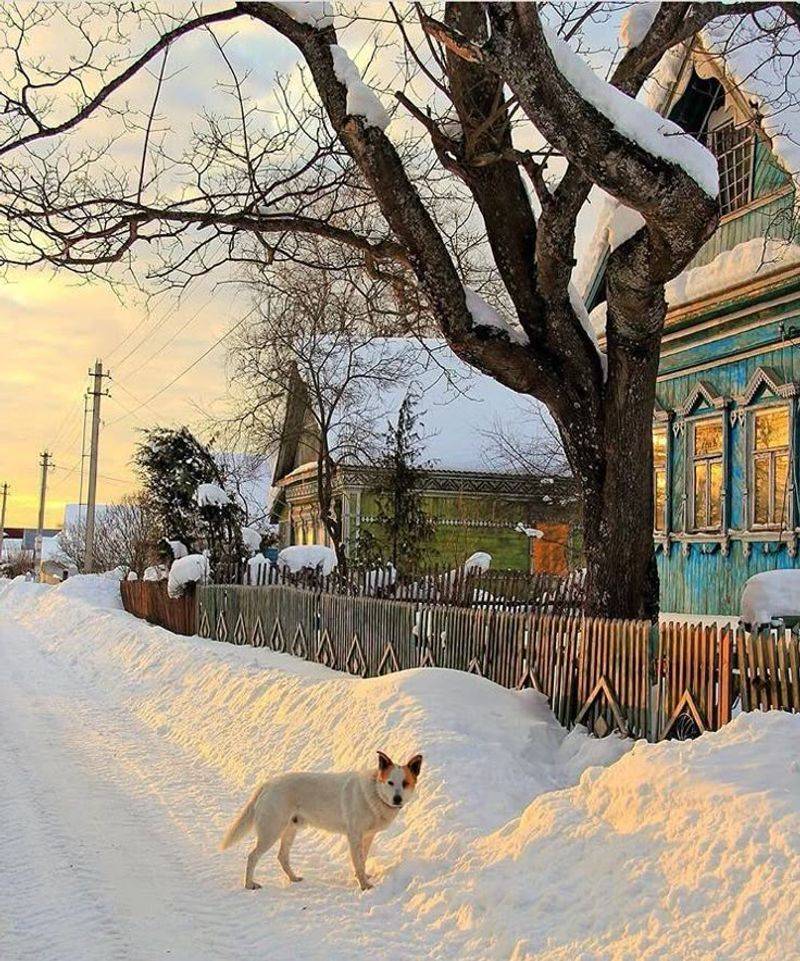
Braving the cold streets of Moscow, street dogs have become icons of survival in this bustling city. With thick winter coats, they are well-equipped to endure freezing temperatures.
These dogs are highly intelligent, often seen navigating public transport systems and busy roads with ease. Despite their harsh environment, they are known for their gentle demeanor and adaptability. Throughout Moscow, these dogs are embraced by many residents who provide food and shelter, illustrating a unique urban canine culture.
Brazilian Jungle Dogs
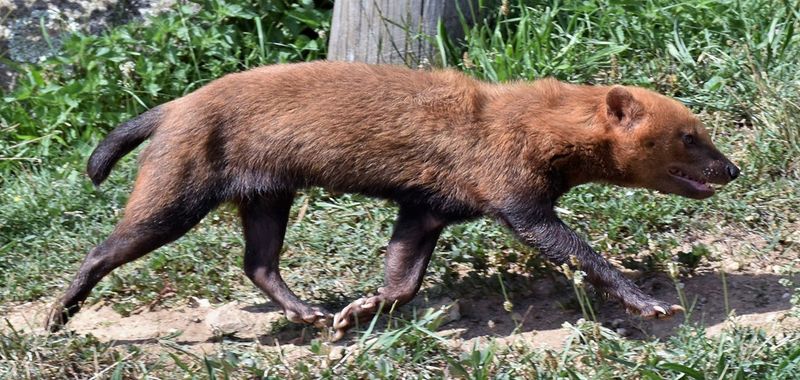
Deep within Brazil’s lush rainforests, jungle dogs eke out a living amidst the dense vegetation. With wiry coats and keen senses, they are perfectly adapted to life in the wild.
These elusive creatures are rarely seen, blending seamlessly into their green surroundings. They play a crucial role in the ecosystem, balancing prey populations and contributing to the rich tapestry of rainforest life. Though little is known about them, their existence highlights the incredible biodiversity of the Brazilian jungles.
South African Township Dogs

In the vibrant townships of South Africa, dogs are more than just pets; they are members of the community. These township dogs, of all shapes and sizes, roam freely among colorful homes and lively streets.
Their presence is an integral part of township life, providing companionship and security. Despite facing challenges such as limited resources, many are cared for by devoted residents. Efforts to improve their welfare reflect the strong bond between these dogs and the people they live alongside.
The Himalayan Snow Dogs
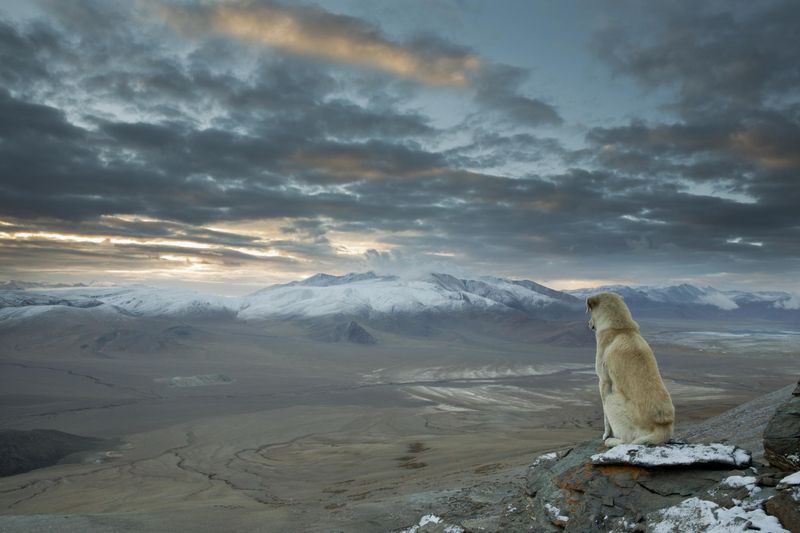
High up in the snowy expanses of the Himalayas, the Himalayan Snow Dogs thrive. With coats as thick as the Himalayan snow itself, these dogs are built to withstand the harshest winters. Their playful frolicking in the snow is a sight to behold.
These dogs have carved a niche in the remote villages, serving as protectors and companions. Their joyful bark echoes across the icy landscape, a melody of survival and resilience.
Legend has it that these dogs were once companions to wandering monks, sharing warmth and companionship in the coldest nights. An unsung legacy lives on.

